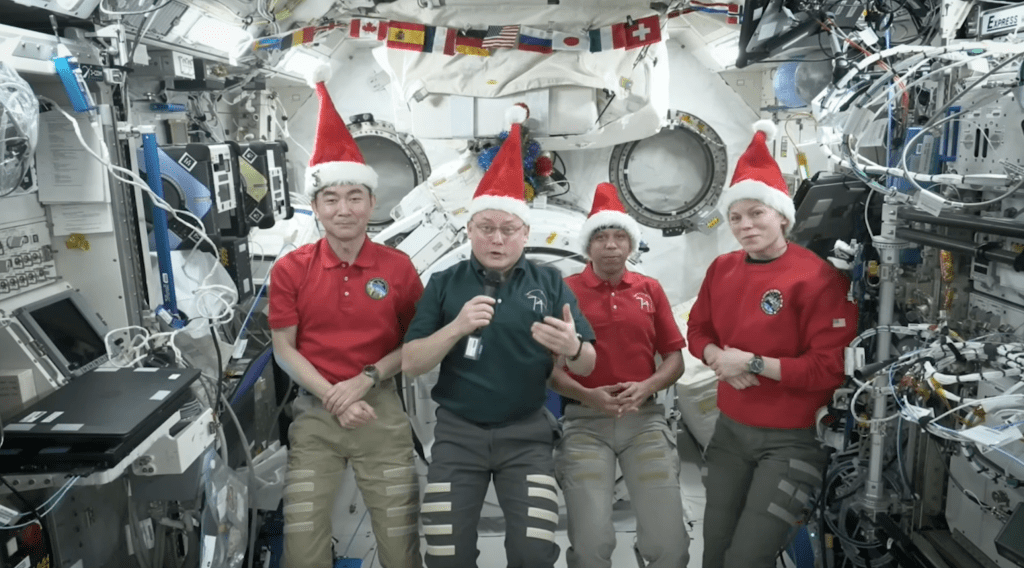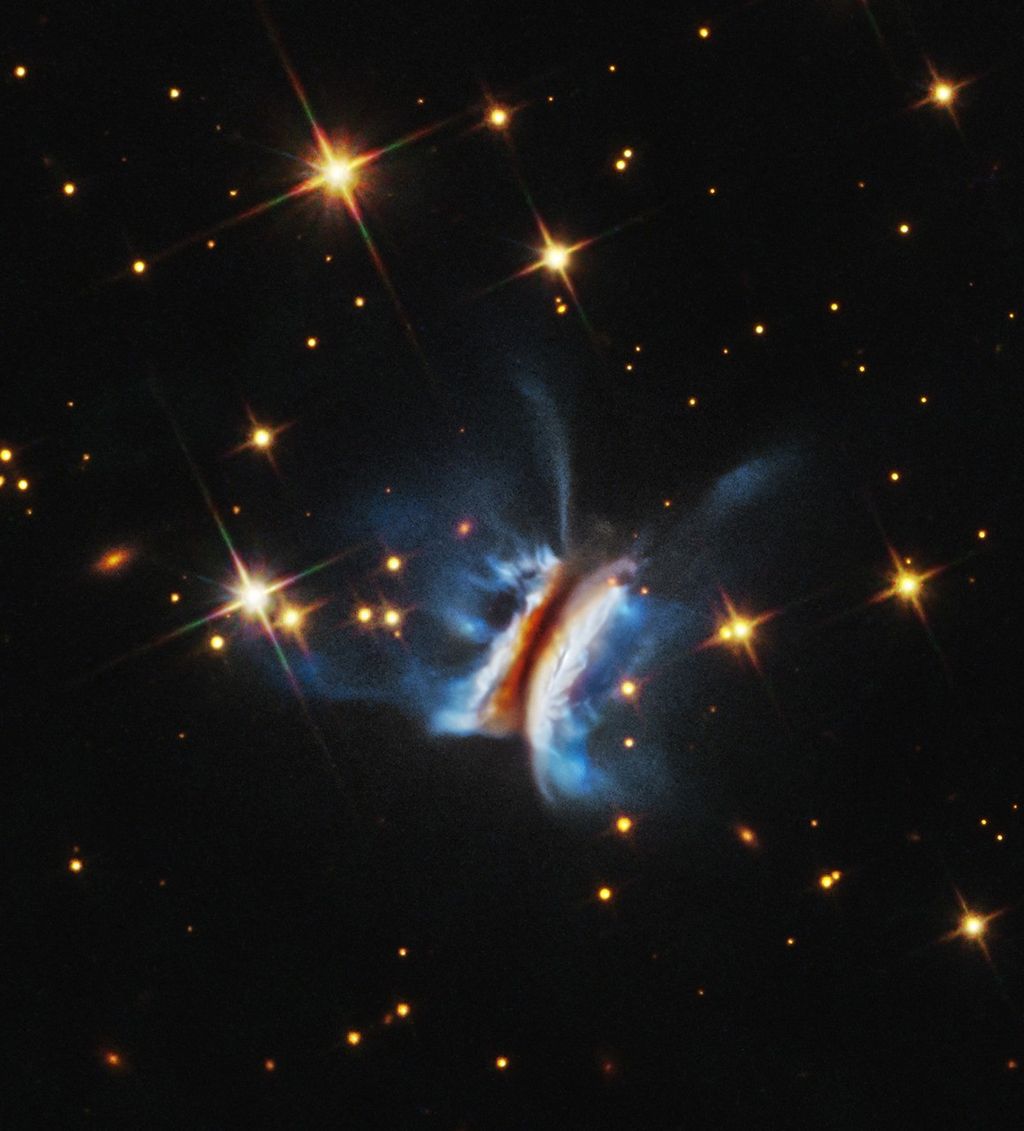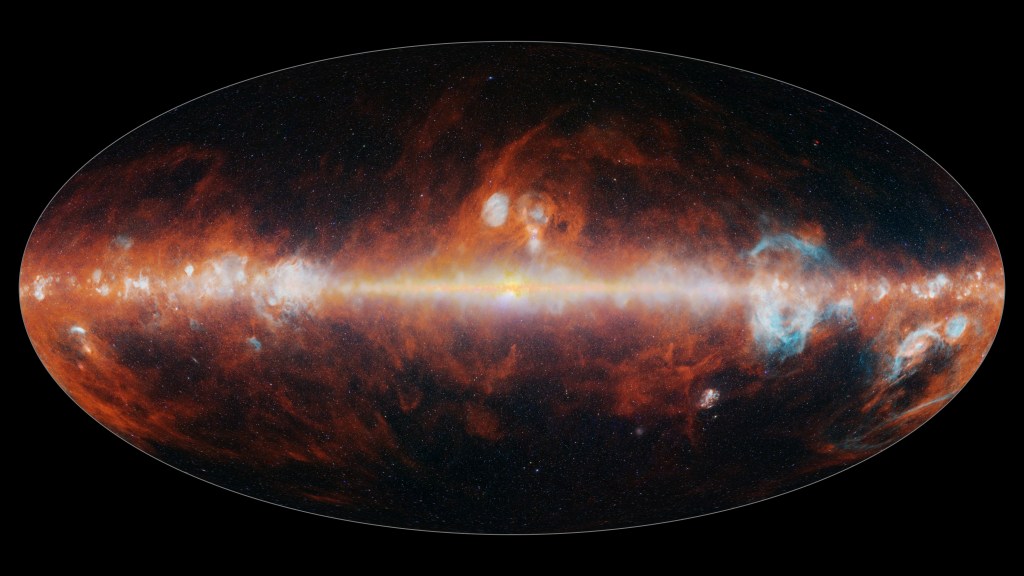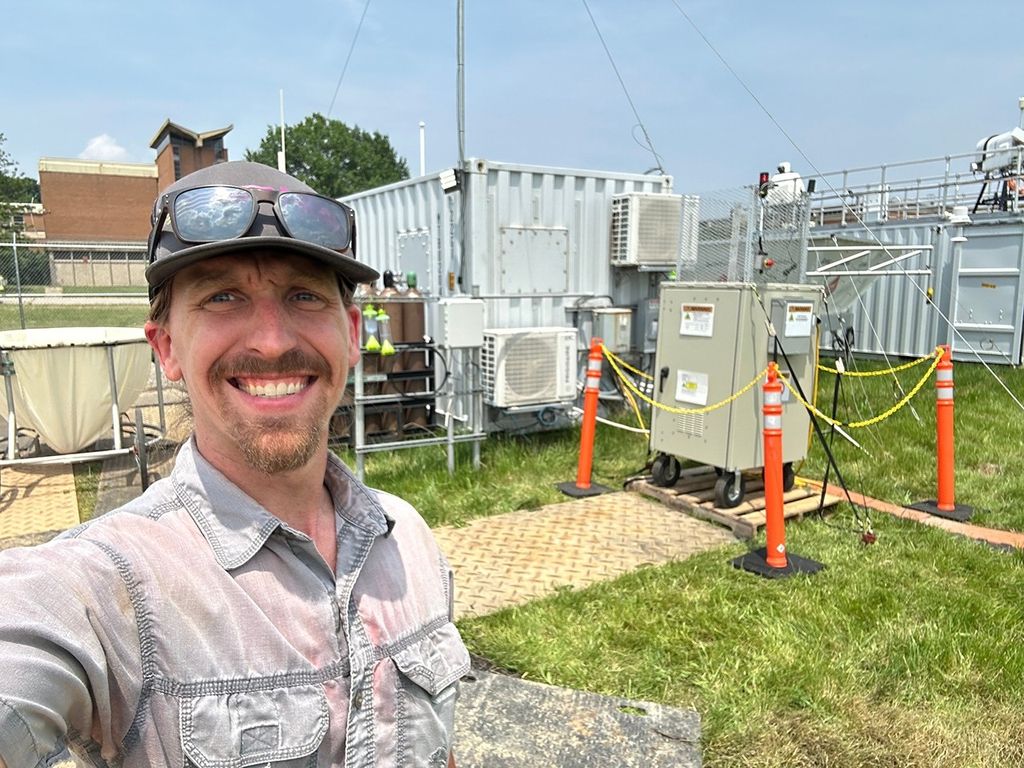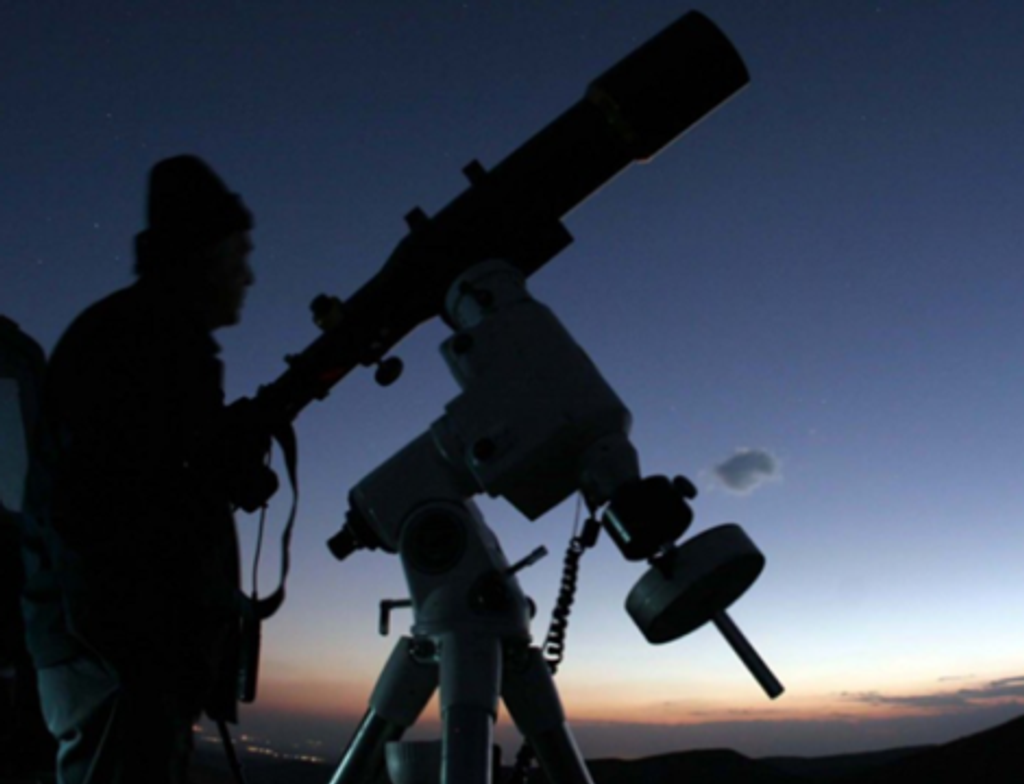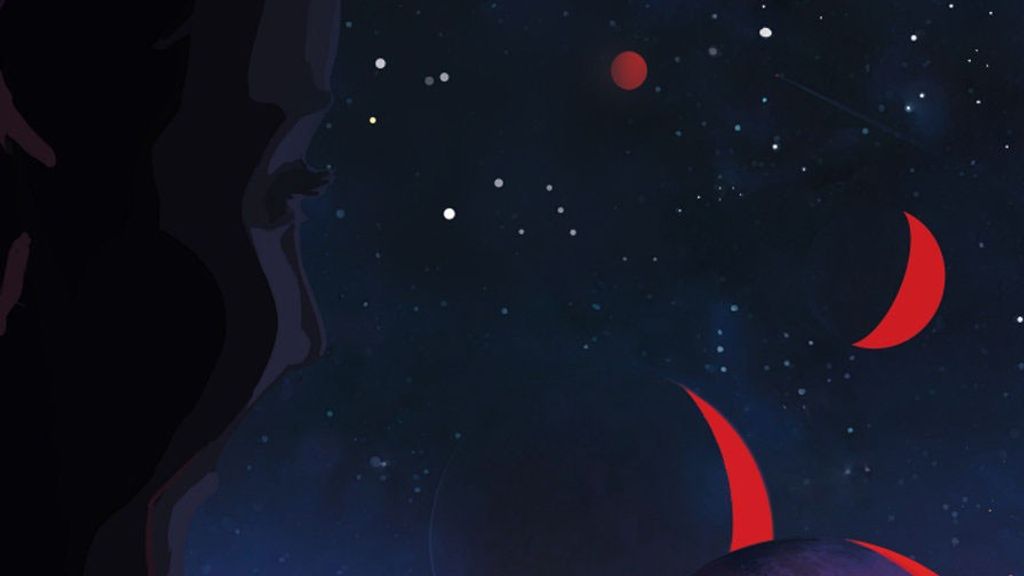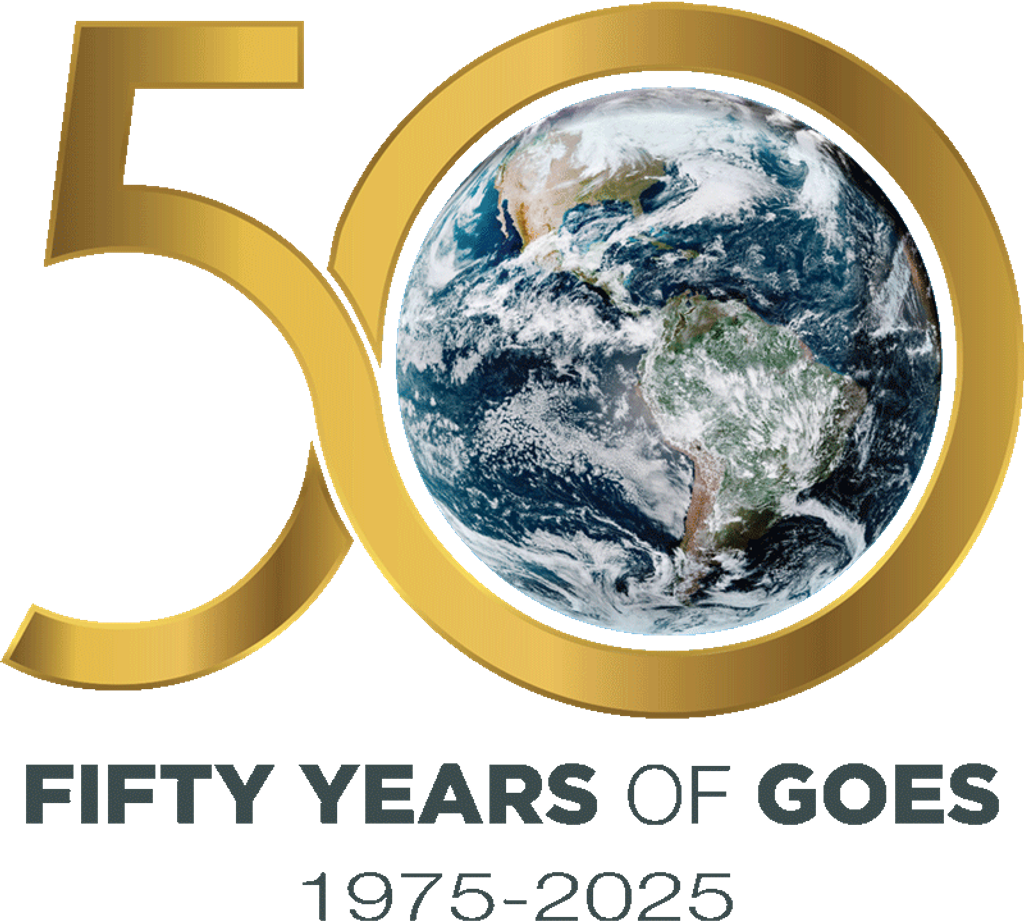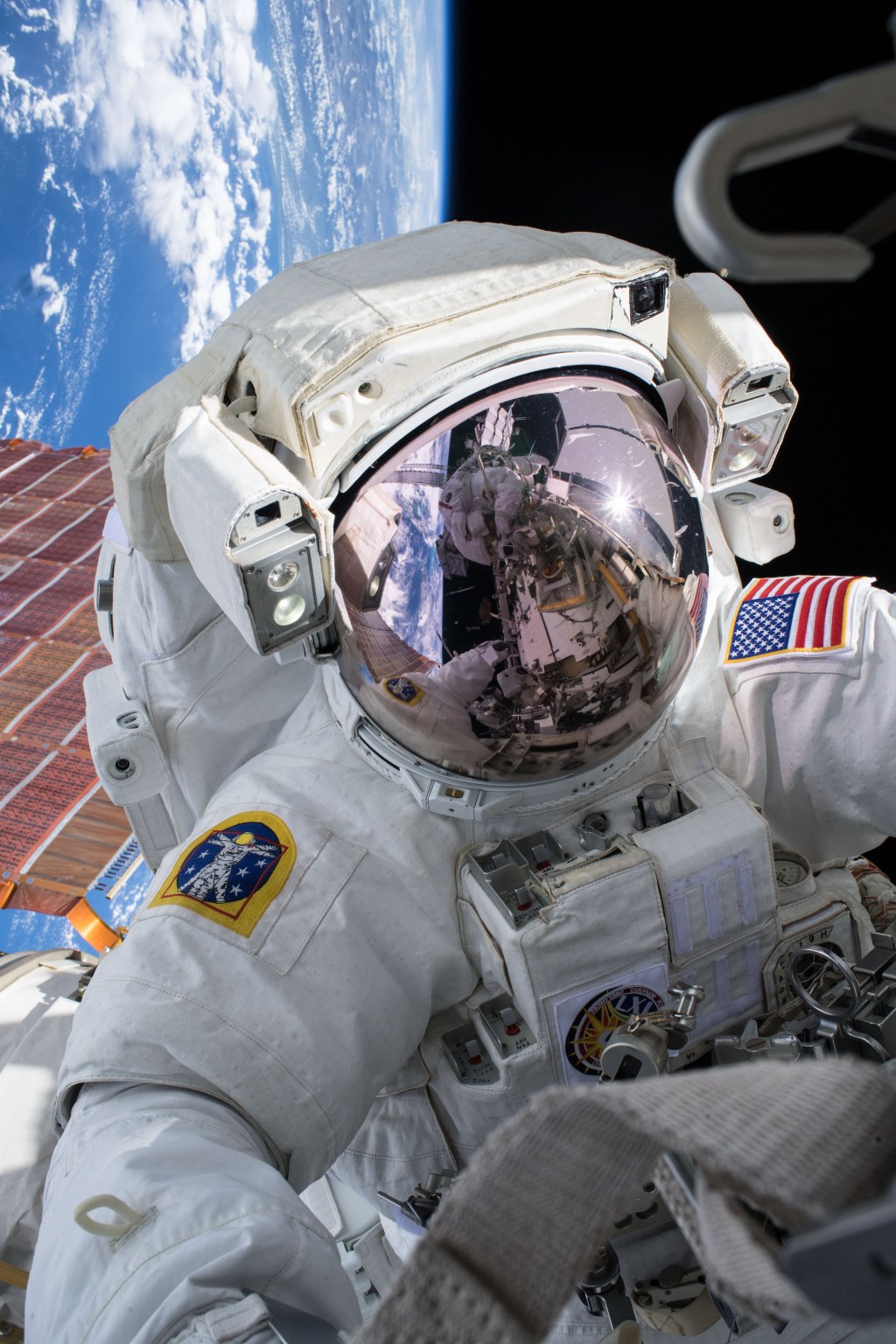NASA Helio Club Study Unit
| Levels |
|
|---|---|
| Material Type |
|
| Heliophysics Big Ideas |
|
| NGSS |
|
| Heliophysics Topics |
|
| Heliophysics Missions |
|
| Related Missions |
|
| Material Cost per Learner | $1 – $5 |
| Language | English |
NASA Helio Club is a collection of six lessons that complete a comprehensive module created for a middle-school audience (ages 10-14) to introduce basic heliophysics concepts to learners. Each club session takes approximately two hours and explores at least one NASA mission as a framework for understanding the topic.
Sessions are connected to the Next Generation Science Standards (NGSS) and resources are designed so that they can be integrated into Google Classroom. To modify the sessions for different audiences, educators can make a copy of the Google Docs to edit and customize the session for their specific program or curriculum.
Each session folder (links below) includes a full collection of educator instructions, learner handouts, and assessment tools. If you plan on running the entire club, the NASA Helio Club Youth Guide includes the handouts for all six sessions, plus additional resources for a capstone project. Other resources include Educator Background Information and a complete Materials Checklist for all six sessions.
Find the entire set of resources for all sessions in the NASA Helio Club Public Folder.
- Defines heliophysics and gives an overview of the topics that heliophysicists study. Missions introduced in this session are the Interstellar Boundary EXplorer (IBEX) mission and the Voyager mission.
- Explores ways to safely observe the Sun. Missions introduced in this session are the Solar Terrestrial Relations Observatory (STEREO) mission, the Solar Dynamics Observatory (SDO), and the Hubble Space Telescope.
Session 3: Parker Solar Probe Engineering Challenge
- Includes two engineering challenges inspired by NASA’s Parker Solar Probe mission, with a focus on how the probe achieves its scientific goals under the intense heat of the Solar corona and on how it manages to orbit the Sun at such blistering speeds.
Session 4: Predicting Space Weather
- Introduces the concept of space weather. Missions introduced in this session include the Magnetospheric Multiscale (MMS) mission, the Solar Dynamics Observatory (SDO), the Solar and Heliospheric Observatory (SOHO), the Time History of Events and Macroscale Interactions during Substorms (THEMIS) mission, and the Artemis Mission.
Session 5: Aurora: The Beauty of Space Weather
- Explores the science behind aurora. Missions introduced in this session include the Ionospheric Connection Connection Explorer (ICON) mission and the International Space Station.
Session 6: Beyond the Heliosphere
- Compares our Sun to other stars and planetary systems and explores how NASA looks for exoplanets. Missions introduced in this session include the Transit Exoplanet Survey Satellite (TESS) mission, the Kepler mission, the Spitzer mission, the Chandra X-ray observatory, the James Webb Space Telescope (JWST), and the International Space Station (ISS).
Capstone Project: Mission Proposal
- In this optional capstone project, learners are challenged to use what they learned about NASA missions throughout the club sessions to design their own mission. This project introduces even more NASA missions, examines the different ways of collecting data on missions, and models the steps that scientists and engineers take to conceptualize and execute a mission.
If you have questions or feedback about the activities in NASA Helio Club or about other NASA resources for educators, or questions about heliophysics or space science topics, connect with a NASA HEAT educator or scientist by filling out this form.
This resource was developed by the NASA Heliophysics Education Activation Team (NASA HEAT), in collaboration with Maryland 4H. NASA HEAT is based at NASA Goddard Space Flight Center and funded by the NASA Science Mission Directorate. Publication number NP-2023-6-077-GSFC.

